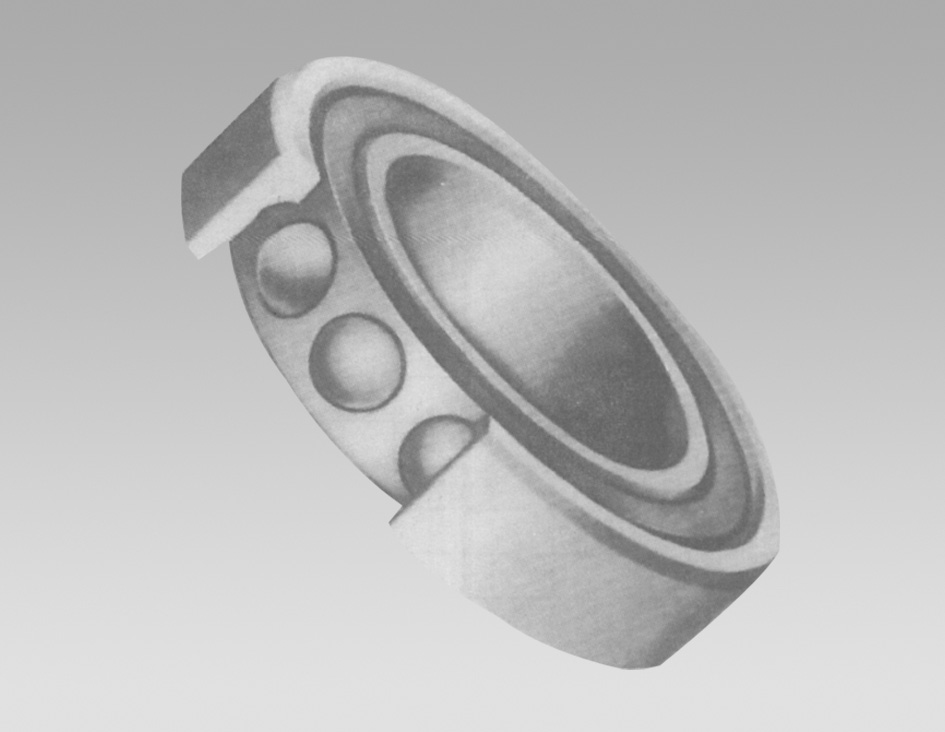
Jul . 28, 2024 17:41 Back to list
Innovative Design Features and Applications of Axial Ball Thrust Bearings in Machinery
Understanding Axial Ball Thrust Bearings Design, Function, and Application
Axial ball thrust bearings are specialized mechanical components designed to support axial (thrust) loads in rotating equipment. Unlike radial bearings, which bear loads perpendicular to the shaft, axial thrust bearings are engineered to handle forces that act parallel to the shaft. This capability makes them essential for various applications in different industries, including automotive, aerospace, and machinery manufacturing.
Design and Components
An axial ball thrust bearing typically consists of a few critical components one or more grooved raceways, balls, and a cage that maintains the proper spacing of the balls. The races provide a surface for the balls to roll against, thereby distributing the load evenly across the bearing. The balls are usually made from high-carbon chrome steel, stainless steel, or ceramic materials, which offer a combination of strength, durability, and resistance to wear.
Thrust bearings can be classified into two main types single-direction and double-direction. Single-direction thrust bearings are designed to handle load in only one direction, making them suitable for applications where the thrust load is unidirectional. On the other hand, double-direction thrust bearings can accommodate loads from both directions, providing greater versatility for various machinery needs.
Operational Functionality
The primary function of axial ball thrust bearings is to support and stabilize rotating shafts under axial loads. As a shaft rotates, it generates thrust forces due to friction and other operational conditions. The design of axial ball thrust bearings allows them to efficiently manage these forces by minimizing friction between moving parts. This reduction in friction not only enhances the mechanical efficiency of the application but also extends the lifespan of both the bearing and the overall system.
axial ball thrust bearing

Additionally, the design of these bearings helps in maintaining proper alignment of the rotating parts, which is crucial in preventing premature wear or failure
. By ensuring that the load is evenly distributed and that there is minimal play between moving parts, axial ball thrust bearings contribute significantly to the reliability and performance of the machinery in which they are used.Applications of Axial Ball Thrust Bearings
Axial ball thrust bearings are widely utilized across various industrial sectors. In the automotive industry, they are commonly found in steering columns, transmissions, and clutches, where they help manage the axial loads produced during operation. In aerospace applications, these bearings are critical components in jet engines and landing gear systems, where safety and reliability are paramount.
Moreover, in machinery manufacturing, axial ball thrust bearings are employed in screw jacks, cranes, and other lifting mechanisms, where efficient load distribution is essential to prevent equipment failure. Their ability to handle significant axial loads while maintaining low friction characteristics makes them ideal for use in high-speed applications as well.
Conclusion
In summary, axial ball thrust bearings serve an essential role in modern mechanical systems, providing stability and efficiency under axial loading conditions. Their robust design and functional reliability make them a critical component across various industries. As machinery and technology continue to evolve, the need for effective thrust load management will invariably keep axial ball thrust bearings at the forefront of mechanical engineering solutions. Understanding their design, functionality, and applications is crucial for engineers and technicians working with rotating machinery, ensuring optimal performance and longevity in their applications.
Latest news
-
Common Failures in Thrust Ball Bearings and Solutions
NewsAug.22,2025
-
How Tapered Roller Bearings Can Take Shock Loads
NewsAug.22,2025
-
Angular Bearings in High-Precision Spindles
NewsAug.22,2025
-
The Impact of Misalignment on Cylindrical Roller Bearing Performance
NewsAug.22,2025
-
The Role of Cage Design in Deep Groove Ball Bearing Durability
NewsAug.22,2025
-
The Impact of Material Quality on Machinery Bearings’ Lifespan
NewsAug.22,2025
